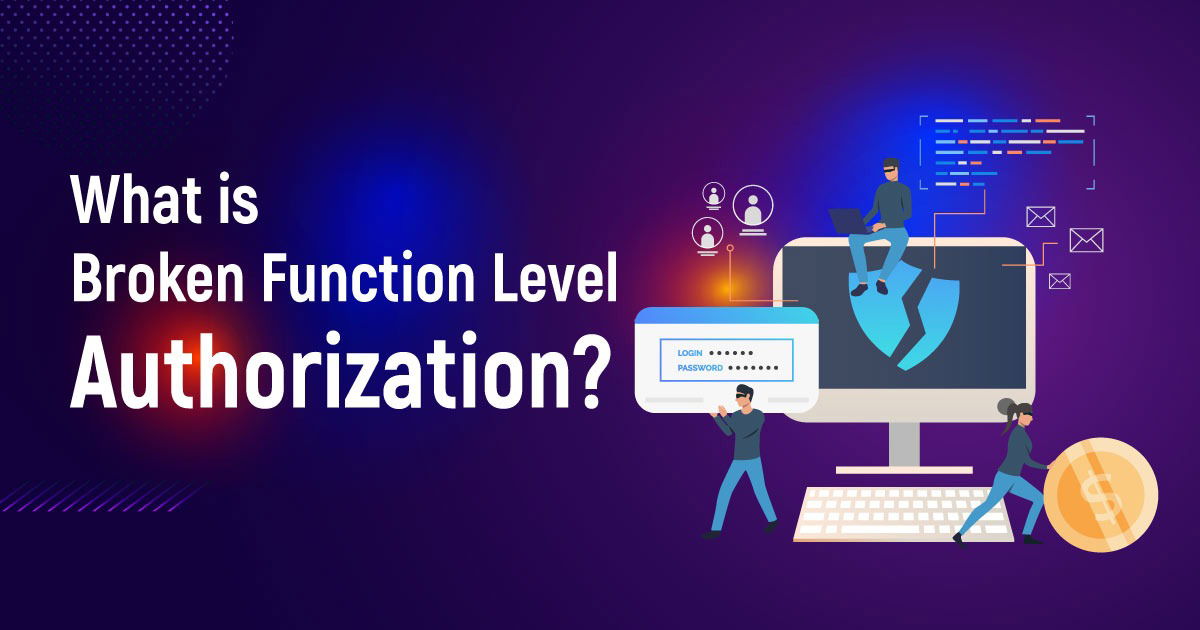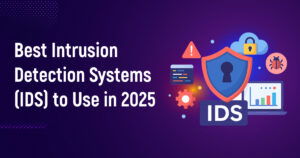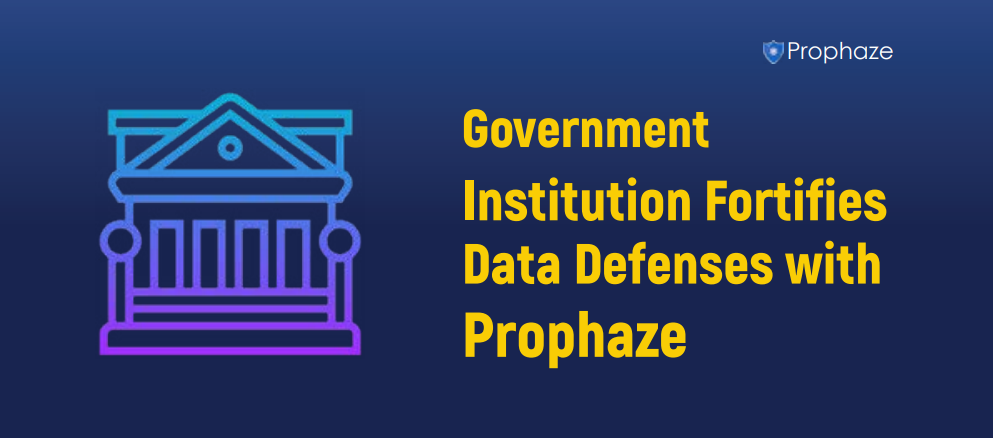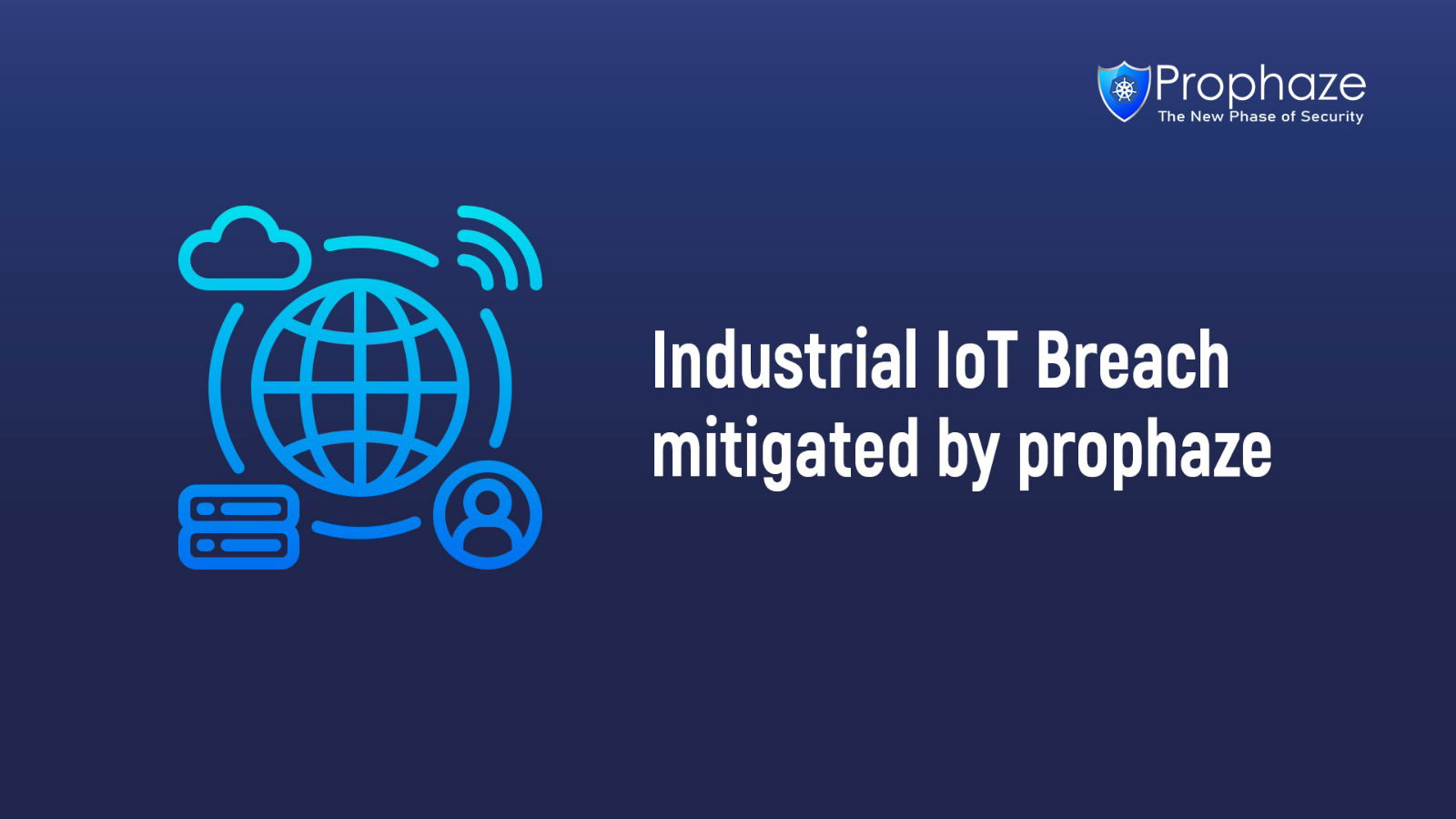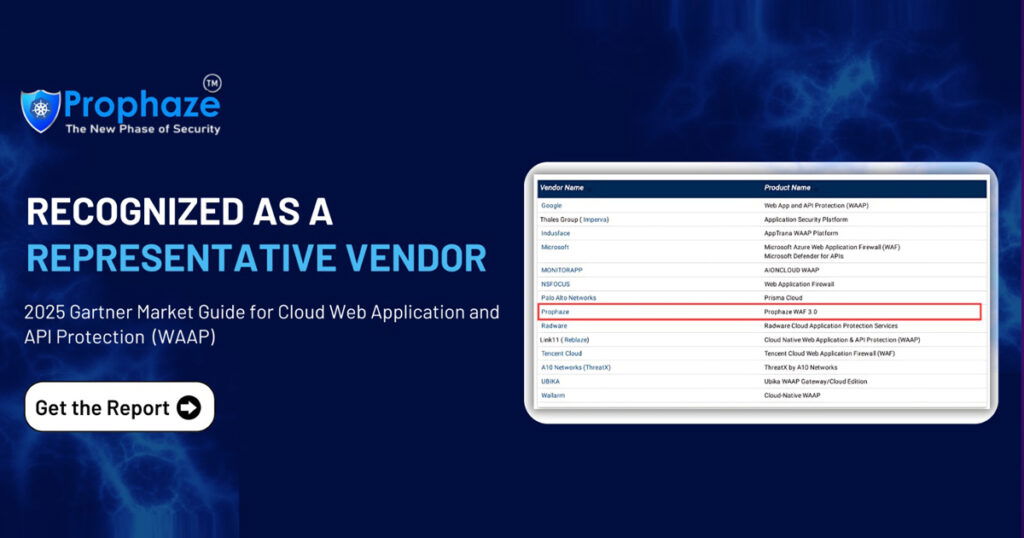Application Programming Interfaces (APIs) play a vital role in modern software development, enabling communication and integration between different systems. However, they are also susceptible to security vulnerabilities. One such vulnerability is Broken function level authorization, which exposes sensitive API functions to unauthorized users. In this article, we will explore the concept of broken function level authorization, its potential risks, and effective preventive measures to safeguard APIs.
Understanding the impact of Broken Function Level Authorization
Broken function level authorization occurs when an API fails to enforce proper authorization checks at the function or endpoint level. This vulnerability allows unauthorized users to access and manipulate sensitive API functions, leading to potential data breaches, unauthorized data modifications, or other security incidents.
What are the risks involved and consequences of such vulnerabilities?
Unauthorized Access:
Attackers exploit this vulnerability to gain access to API functions that are restricted to specific user roles or privileges.
Privilege Escalation:
By manipulating function-level authorization, attackers can elevate their privileges and access sensitive resources or perform actions beyond their authorized scope.
Data Manipulation:
Unauthorized users can modify or delete critical data by exploiting the lack of proper authorization checks.
Measures to prevent Broken Function Level Authorization

Role-Based Access Control (RBAC):
Implement RBAC to ensure that users only have access to functions and resources necessary for their assigned roles. Define and enforce user roles and associated permissions.
Fine-Grained Access Control:
Utilize granular access control mechanisms to restrict access to specific API functions based on user roles, privileges, or other criteria.
Input Validation and Sanitization:
Implement robust input validation and data sanitization techniques to prevent injection attacks and enforce authorization checks.
Secure Session Management:
Implement secure session management mechanisms to maintain authenticated user sessions and prevent session-based attacks.
Security Testing and Auditing:
Conduct regular security testing, including penetration testing and code reviews, to identify and remediate vulnerabilities. Additionally, perform audits to ensure proper function level authorization is consistently enforced.
Design Secure APIs:
Incorporate security considerations during API design, including the implementation of strong authentication and authorization mechanisms.
Principle of Least Privilege:
Follow the principle of least privilege to grant users the minimal necessary access rights and permissions.
Regular Updates and Patching:
Keep API frameworks, libraries, and dependencies up to date with the latest security patches to mitigate known vulnerabilities.
Conclusion
Protecting APIs from broken function level authorization is crucial for maintaining the security and integrity of systems. By implementing role-based access control, fine-grained access control, input validation, secure session management, and conducting regular security testing, we can significantly reduce the risk of unauthorized access and data breaches. API security is an ongoing effort, and staying vigilant is key to safeguarding our valuable data and ensuring the trust of our users.

